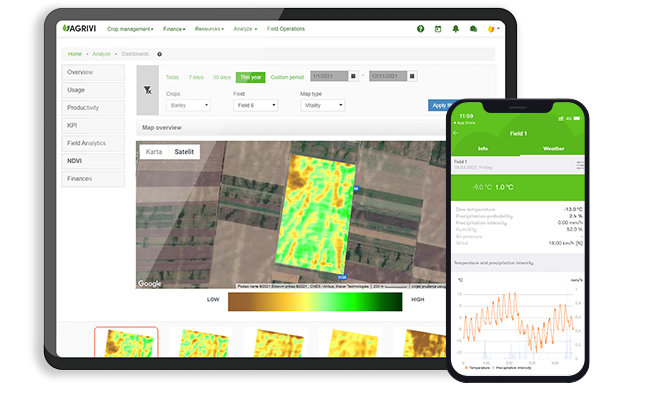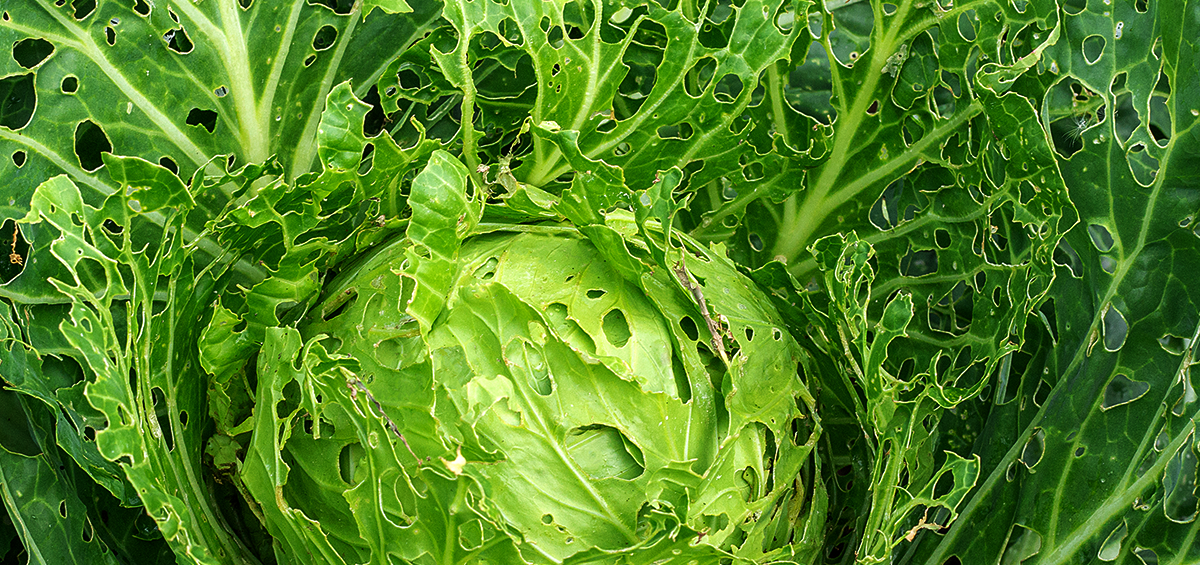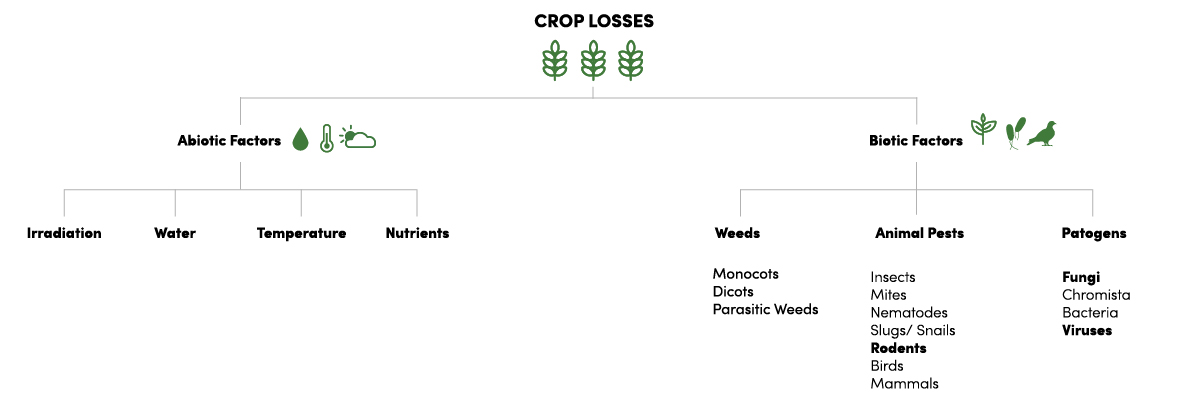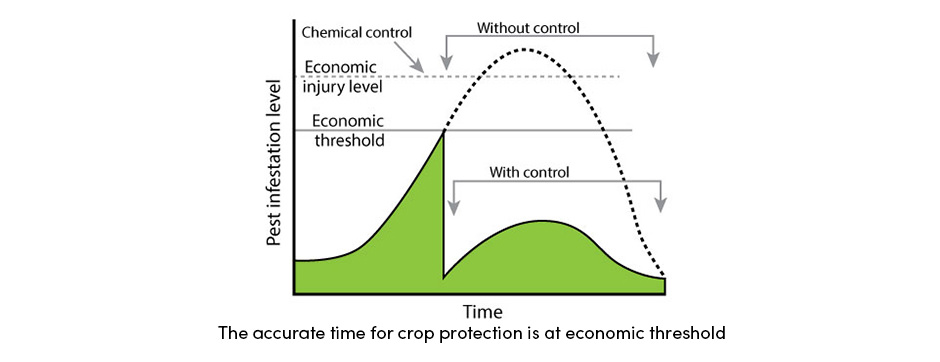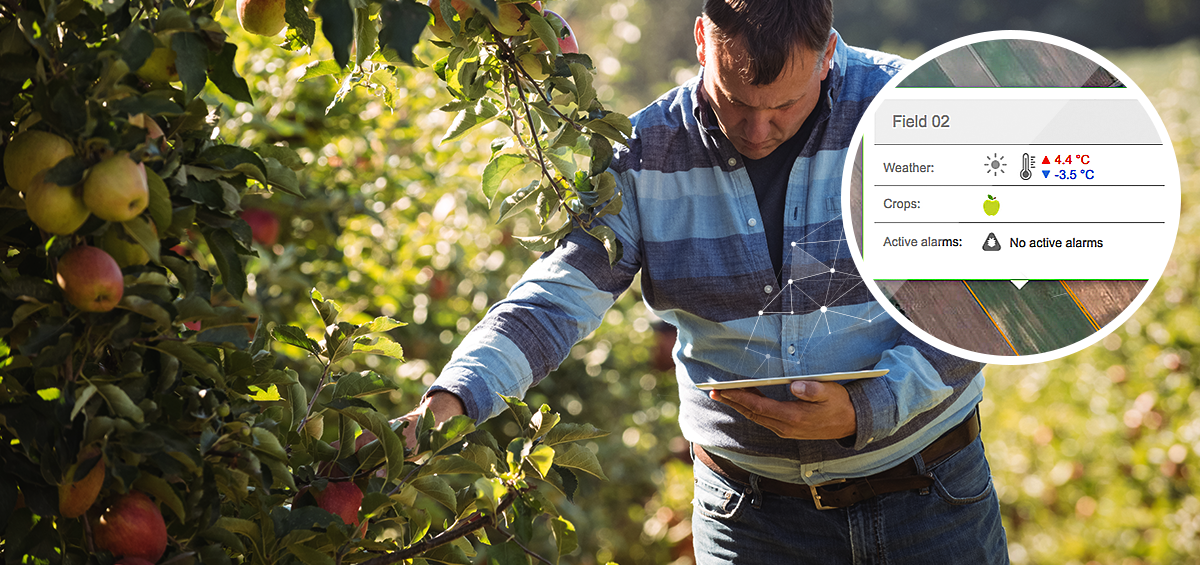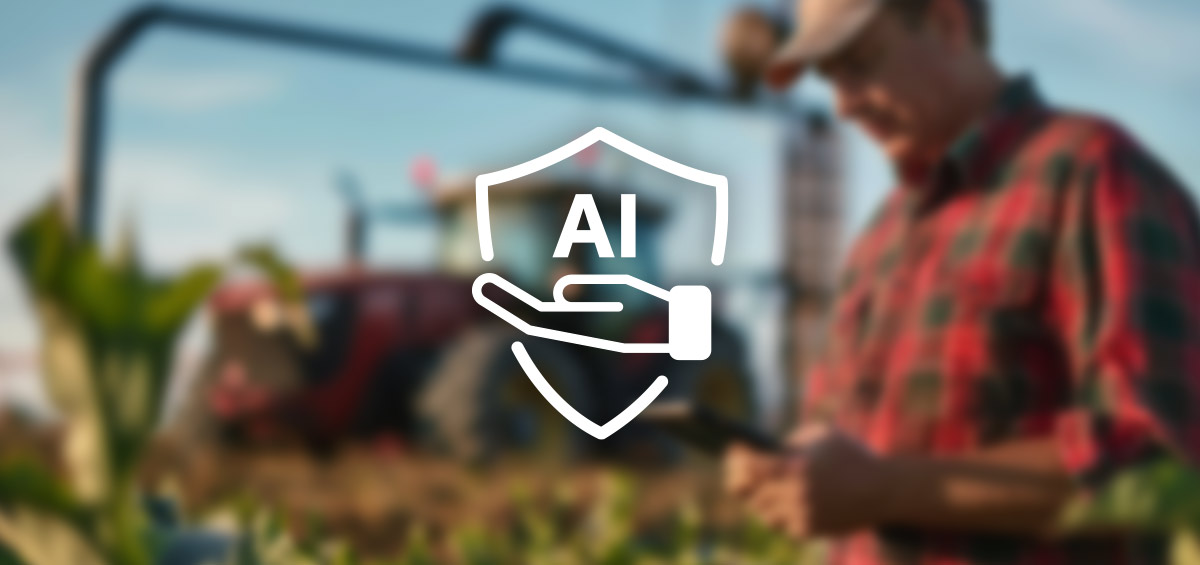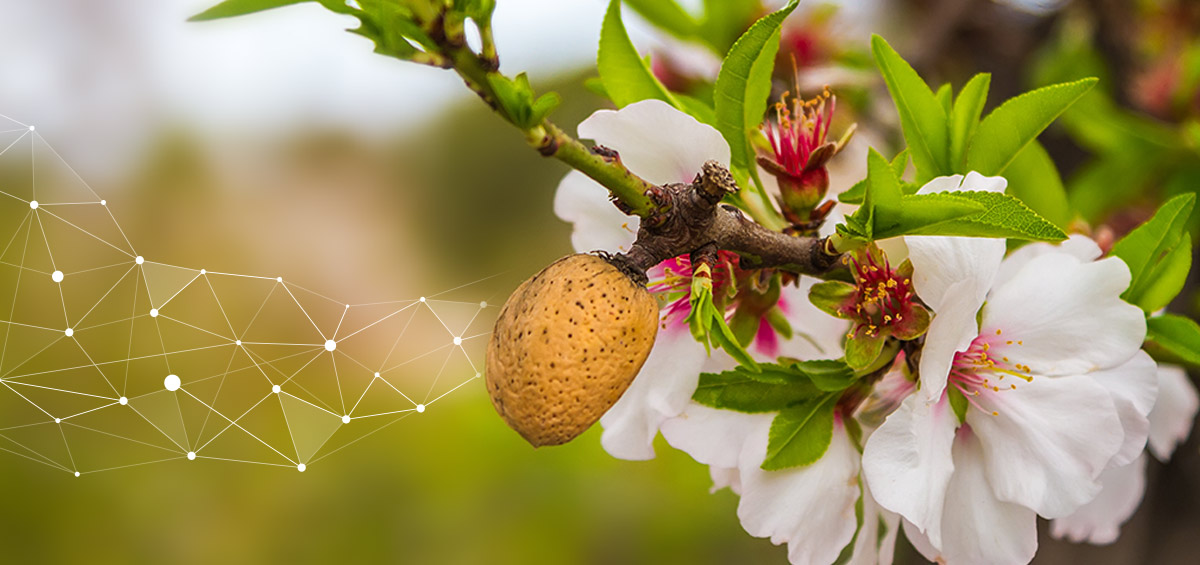Since the dawn of agro-ecosystems nearly 10,000 years ago, farmers have had to compete with other organisms — namely insect pests, pathogens, weeds and wildlife— to ensure food security. These “biotic” (i.e. living) causes of crop loss can be just as harmful as “abiotic” (i.e. nonliving) stressors such as drought, extreme temperatures, nutrient deficiencies, and high or low irradiance, often working in tandem to substantially limit crop production.
Such crop losses can be curtailed through various pest management strategies, which range from chemical and physical controls to biological and cultural strategies. The article that follows explores the relationship between pests and crop yield losses, as well as solutions to minimize pest impacts.
Table of Contents
How Do Crop Pests Cause Yield Loss?
No two pests are alike: Whether it be a vine borer tunneling through a squash stem, a fire blight canker girdling an apple tree, or a deer demolishing a soybean stand, every pest has a unique strategy of attack.
In general, pests reduce crop productivity in a handful of ways, classified by their impacts:
- Stand reducers such as damping-off pathogens reduce plant biomass and overall numbers, often hitting field crops hardest during establishment.
- Photosynthetic rate reducers (e.g. viruses, bacteria, fungi) work at the cellular level, impacting a plant’s ability to absorb carbon dioxide.
- Leaf senescence accelerators are pathogens that cause the premature dropping and death of foliage.
- Light stealers include weeds and pathogens that shade crops or kill leaf tissue, reducing photosynthesis.
- Assimilate sappers steal nutrients directly from crops via sucking mouthparts or by invading plant cells. Such organisms include nematodes, pathogens, and arthropods.
- Tissue consumers, not surprisingly, eat plant parts, with root feeders, reproductive tissue feeders, and foliage feeders including chewing animals and necrotrophic pathogens.
- Turgor reducers impact a plant’s ability to transport water and nutrients through its tissues, with root rots, wilt diseases, and root feeders among them.
Crop Loss Assessment: Understanding Potential Yield Losses and Crop Protection Efficacy
Crop loss assessments summarize the difference between the attainable yield of a healthy crop and the actual yield of a diseased crop, helping farmers identify the necessity of an intervention, often in economic terms.
In the absence of crop protection, yield losses of up to 70% can occur across many major food crops, with weeds accounting for the highest losses at 30%, followed by animal pests and pathogens at 23% and 17%, respectively. On average, pests account for 20-40% of yield losses worldwide, costing the global economy a combined $290 billion, according to the FAO.
Of course, crop loss figures vary considerably from country to country and from crop to crop. In the Netherlands, for example, up to 5% yield losses are standard for perennial crops like stone fruits and apples, while in Brazil, losses of up to 45% can occur in a coffee crop. Although crop loss assessments are notoriously difficult to conduct, agricultural research emphasizes models that consider a handful of metrics, from qualitative crop injuries to quantitative losses, from pre- to post-harvest damage (Savary 2006).
On average, crop protection constitutes only 5-8% of a farmer’s total production costs, though efficacy varies on a pest-by-pest basis. Generally, animal pest and plant disease management account for 32% and 39% yield improvements, compared to 74% yield improvements for weed control. It is also assumed that crop protection is a more effective practice in cash crops than in food crops, preventing 53–68% of cash crop yield losses, compared to 43–50% for food crops.
Of course, as global trade, climate change, and biodiversity losses intensify, so too will the impact of pests on crop yields. Though estimates vary, some figures assert that every 1 degree increase in global temperatures will increase pest-linked yield losses by 10-25%.
Pest Management Strategies
Integrated Pest Management, or IPM, is a widely-touted framework of pest management principles, combining lessons learned from plant pathology and epidemiology, weed and insect science, nematology, and more.
On the one hand, IPM acknowledges the importance of chemical pest controls such as insecticides and fungicides, specifically when acceptable pest levels have exceeded a certain “action threshold” of economic damage. On the other hand, IPM encourages monitoring and prevention above all else, prioritizing the integration of varied, non-chemical measures within a pest control regime. An integrated pest management scheme may include:
- Physical measures (cultivation, mechanical weeding, pest exclusion through barriers, traps, etc.)
- Biological pest control (importing predators; planting habitat for natural enemies, etc.)
- Cultural practices (crop rotations to reduce pest incidence; modifying planting/ harvest dates based on pest life cycles; selecting resistant cultivars, etc.)
- Chemical measures (pesticides such as insecticides, fungicides and herbicides; pheromones to manipulate pest movement; growth regulators, etc.)
Timing crop protection
Once a pest occurs on a plant, it can be very difficult to manage it completely, meaning farmers must minimize crop yield losses to acceptable levels.
Depending on the pest and location, control measures can be applied before the pest attack, when favorable climatic conditions arise; immediately after the pest attack; or at the recommended economic threshold.
That said, preventive measures are better than curative measures, and actions that boost plant productivity and crop yields can also encourage crop health. Such activities include:
- Fertilization: Nutrient deficient plants are more vulnerable to disease. A balanced soil that contains sufficient macro- and micro-nutrients will encourage plant health.
- Pruning: Pruning not only encourages airflow, thereby reducing disease-causing conditions but also removes inoculum — i.e. infected plant matter — which can cause further spread. During pruning, proper sanitation is a must.
- Weeding: Weeds, of course, can directly cause crop loss by competing for resources, but can also indirectly damage crops by vectoring heteroecious parasites (i.e. pests that require two hosts, such as leaf rust and certain insect pests).
- Loosening the soil: Tillage is an important (albeit imperfect) strategy for managing pests. Tilling can remove disease inoculum from the soil surface, improve soil aeration and drainage, and destroy overwintering insect pest larvae. and kill weeds. However, tilling may also harm soil ecology, destroying beneficial organisms that help manage pests.
- Irrigation: Water stress increases a plant’s susceptibility to pests and pathogens, making irrigation an important preventative pest control strategy. However, some irrigation methods (e.g. overhead irrigation) may increase disease incidence, and certain water sources may introduce inoculum.
- Removal of crop residues from fields: Sanitation is an important strategy for preventing future disease spread.
- Crop rotation: Rotating plant families on a given field not only improves nutrient availability in your soil, but also prevents pest and plant disease populations from accumulating
Relative to their conventional counterparts, agricultural systems that are organic and integrated often prioritize preventative measures to manage pests, leveraging physical barriers to exclude them (e.g. high tunnels, row cover); cultural strategies to limit pest incidence (e.g. cover crop rotations to suppress diseases in the soil); and biological measures to encourage natural pest management (e.g. releasing ladybugs to manage aphids). These strategies likewise increase the sustainability of a production system and minimize agricultural pollution.
That being said, farmers must also design their farms with phytopathology in mind, selecting an optimal production situation, such as sites that are sunny and airy, where dew and humidity do not remain long, with an appropriate soil type and drainage capacity. Nevertheless, farmers must regularly monitor conditions favorable to the development of the disease— namely high humidity conditions, low and high temperatures, heavy rainfall, and drought.
Weather and temperature data are particularly helpful in tracking a pest’s life cycle. Farm Management Software (or FMS) with weather forecasting, IoT technology, satellite imagery, and scouting functionalities can serve as an important tool in any IPM strategy.
Pest Management Through Farm Management Software
AGRIVI Farm Management Software uses cutting-edge pest detection algorithms and real-time weather data to help you manage insect pests, pathogens, and weeds on your farm.
Based on the precise location of your fields, AGRIVI identifies possible pest occurrences for over 200+ crops, with built-in alarms triggered 7 days in advance, alongside custom weather alarms suited to your needs. We also offer 4 out-of-the-box integrations with weather sensors, allowing you to monitor on-the-ground, in-field conditions from the comfort of your home.
Moreover, AGRIVI’s built-in database of pests, protection products, and active substances helps farmers and agriculture supply-chain providers coordinate timely scouting and crop protection activities, facilitating consistently high levels of agricultural production.
Combining satellite imagery, weather datasets, and scouting layers, our field operations and analysis modules help farmers and managers alike make important judgment calls when it matters most, with 30+ built-in reports making compliance and reporting easy.
Watch the video and find more benefits of AGRIVI Farm Management Software:
